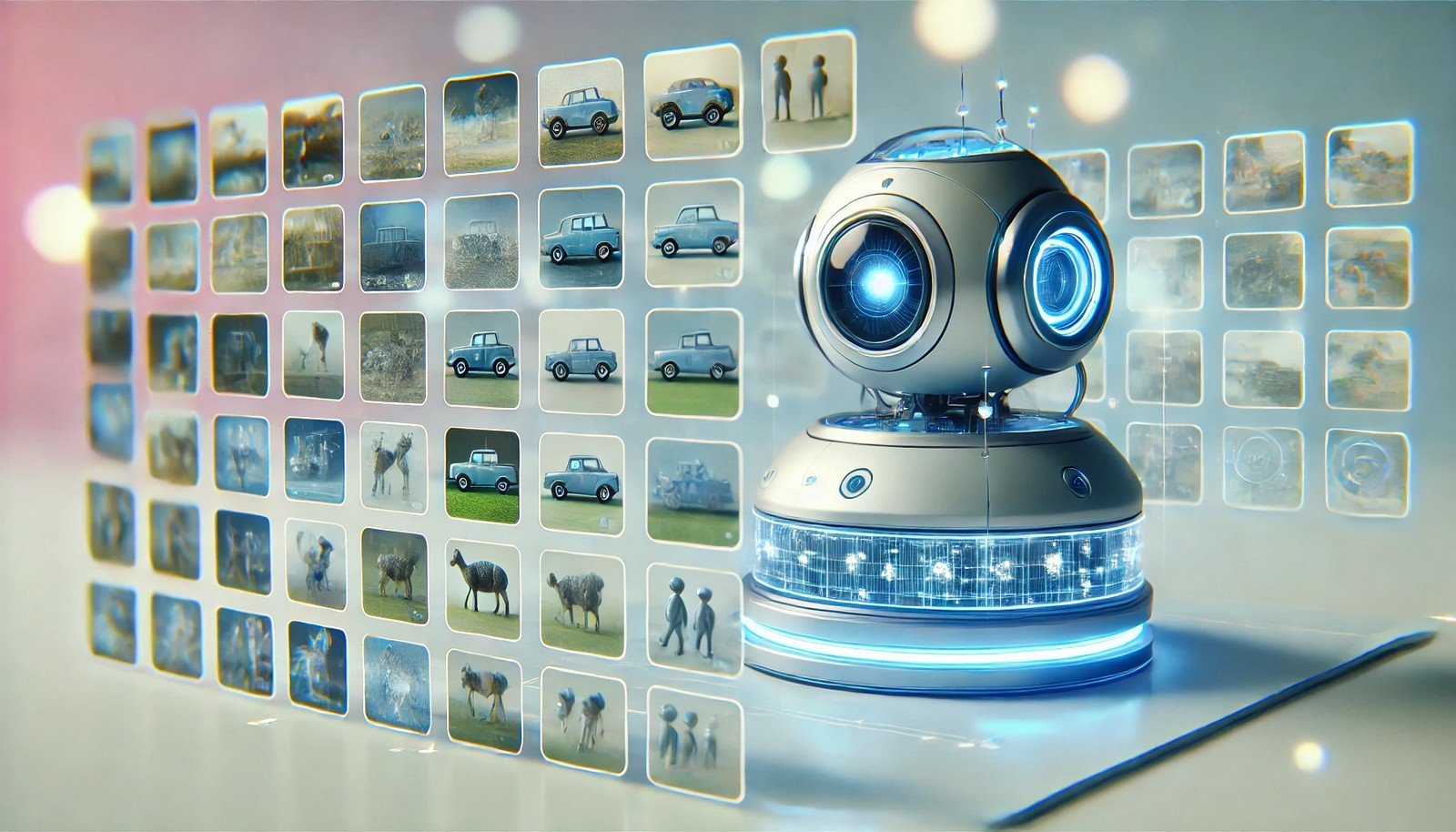Image Classification

Quick Navigation:
- Image Classification Definition
- Image Classification Explained Easy
- Image Classification Origin
- Image Classification Etymology
- Image Classification Usage Trends
- Image Classification Usage
- Image Classification Examples in Context
- Image Classification FAQ
- Image Classification Related Words
Image Classification Definition
Image classification is a task in computer vision and machine learning focused on training models to recognize and categorize objects or patterns within images. Using labeled datasets, the model learns features that distinguish classes of objects, such as animals, vehicles, or people. It’s essential in applications like facial recognition, medical diagnostics, and autonomous driving, where accurate identification can lead to significant advancements in automation and data analysis.
Image Classification Explained Easy
Imagine you have a big box of photos, and your task is to sort them into groups like “people,” “animals,” and “vehicles.” Image classification is when a computer is trained to do this by looking at lots of labeled pictures and learning the patterns that help it recognize each category.
Image Classification Origin
The development of image classification traces back to advancements in computer vision and pattern recognition research in the 1980s. Early efforts involved simpler pixel-based analysis, while today’s systems leverage complex neural networks, which allow for more accurate, large-scale classification tasks.
Image Classification Etymology
The term “image classification” comes from the idea of assigning a “class” or label to an “image,” categorizing it into predefined groups based on its visual content.
Image Classification Usage Trends
Over the past decade, image classification has seen rapid growth in industries like healthcare, retail, and security. Increased accessibility to powerful neural networks and big data has allowed businesses to implement and scale image recognition technology. It’s widely used for facial recognition, quality control, product categorization, and more.
Image Classification Usage
- Formal/Technical Tagging:
- Computer Vision
- Machine Learning
- Pattern Recognition - Typical Collocations:
- “image classification model”
- “deep learning for image classification”
- “classify objects in images”
- “automated image categorization”
Image Classification Examples in Context
- Medical professionals use image classification to assist in diagnosing diseases by identifying anomalies in MRI scans.
- Retailers apply image classification to categorize product images for better search and inventory management.
- Social media platforms use it to tag and organize photos, enhancing user experience.
Image Classification FAQ
- What is image classification?
Image classification is a process in AI where algorithms are trained to categorize images into different labels based on their visual content. - Why is image classification important?
It helps automate tasks that require visual analysis, such as medical imaging, autonomous driving, and social media organization. - What algorithms are commonly used in image classification?
Popular algorithms include Convolutional Neural Networks (CNNs), decision trees, and k-nearest neighbors (KNN). - Is image classification used in healthcare?
Yes, it helps identify and diagnose medical conditions by analyzing radiology images. - What challenges does image classification face?
Challenges include variations in image quality, lighting, and subject angles, which can affect accuracy. - How does image classification differ from object detection?
While image classification categorizes the whole image, object detection identifies and localizes multiple objects within an image. - Is deep learning essential for image classification?
Deep learning, especially CNNs, has revolutionized image classification, though other methods exist. - Can image classification be used in security?
Yes, it's commonly used in security for applications like facial recognition and anomaly detection. - What data is required for image classification?
Typically, large labeled image datasets are required for training and validating models. - Is image classification suitable for real-time applications?
With optimized models, image classification can be performed in real-time, essential for tasks like autonomous driving.
Image Classification Related Words
- Categories/Topics:
- Artificial Intelligence
- Deep Learning
- Computer Vision
Did you know?
The ability of image classification to detect specific diseases in medical images, such as early-stage cancer, has advanced considerably, helping doctors make quicker and more accurate diagnoses. This technology is especially impactful in regions with limited access to radiologists, providing critical insights with AI-assisted imaging.
PicDictionary.com is an online dictionary in pictures. If you have questions or suggestions, please reach out to us on WhatsApp or Twitter.Authors | Arjun Vishnu | @ArjunAndVishnu

I am Vishnu. I like AI, Linux, Single Board Computers, and Cloud Computing. I create the web & video content, and I also write for popular websites.
My younger brother, Arjun handles image & video editing. Together, we run a YouTube Channel that's focused on reviewing gadgets and explaining technology.



Comments powered by CComment